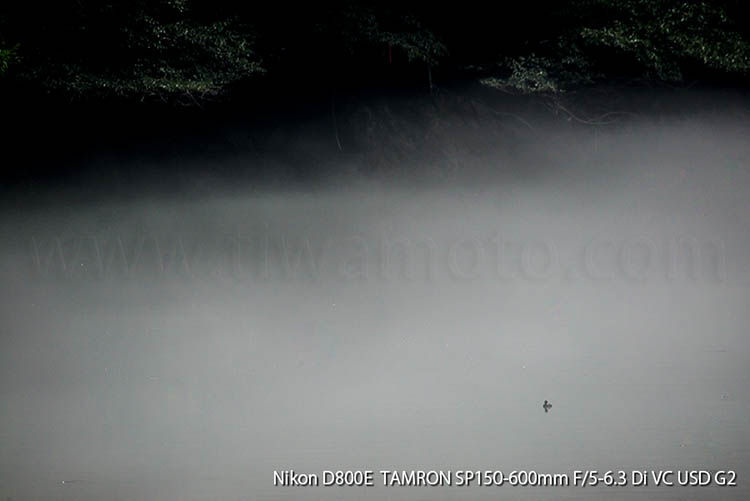A walk along the mountain stream in Okutama
- 岩本貴志

- Aug 27, 2017
- 4 min read
The other day, I went for a walk to the mountain stream in Okutama on a day trip.
I followed the Tama River from Shiromaru Dam to the Nippara River and its tributaries along the river.
It is a familiar place that I have visited Okutama many times when I was a student, walking in the mountains and fishing.
When I'm in Africa, I sometimes miss the changes in Japan's four seasons and the mountain streams that flow through the mountains.
East Africa has only a rainy season and a dry season, and there is not much sense of the season.
There are various events that make migratory birds and wildebeests move and feel the seasons, but there are two seasonal changes that can be seen visually: the wet green rainy season and the dry yellow dry season.
The caretaker who moved to Kenya, fascinated by the scale of the African continent, also loves the delicate Japanese archipelago, which is the opposite.
The Japanese archipelago, which is long and narrow from north to south and has a lot of variety.
The delicately intricate coastline, over 6,000 islands, and the Japanese archipelago are more like works of art.
If you go to the mountains, the clear mountain stream surrounded by forests that change color with the seasons is also beautiful.
It is unique to a country blessed with rainfall.

Water is muddy in the upper part of the Tama River after a long rain
In Japan, when it rains, it is said that the weather is bad, probably because it rains so often that you don't feel the grace.
It's a luxury word for a country with little rain.
In East Africa, where precipitation is less than 1000 mm, there is almost no recognition that "weather is bad" for rain.
When I was studying abroad in Tanzania, the bird survey was interrupted by rain, and the teacher warned the manager who said, "The weather is bad," "Isn't it rain of grace?" There is a thing.
I thought it was reasonable.
It is thanks to this rain that Japan is blessed with forests and water and is beautiful and abundant.

The fog in the dam lake, the figure of the little grebe over there
So
Get off at Hatonosu Station on the Ome Line and start walking along the promenade along the Tama River.
First of all, I heard about the familiar little grebe from the surface of the wide Shiromaru Dam, where the fog can enter, at Inokashira Park.
After a while, it disappeared in the fog.
It seems that the enlightened little grebe is practicing.
After walking for a while, the chestnuts were still blue, but the chestnuts had fallen.

Although it was blue, chestnuts had fallen on the road, autumn is just around the corner
The Tama River branches into the Nippara River near Okutama Station.
If you follow the Tama River upstream, you will find the Ogochi Dam, so take the path to the Nippara River, which has no dam.
The Nippara River was also abundant due to the influence of rain, and the water was muddy.
It seems that you can't catch fish with this even if you fish.

Nippara River flowing through the deep valley bottom
The more upstream you go, the deeper the valleys and forests, and the clearer the water.
After a while, I went to a tributary of the Nippara River.

A mountain stream flowing through a deep forest, just looking at it will purify your mind
The valley is deep on the riverside and it is difficult to descend.
After going a tributary for a while, I was able to go down to the waterside.
If I could see something, I decided to stand here today as if it had become a rock quietly until time.
The area is cool and cool, and all you can hear is the flow of the river, the voice of cicadas, and the occasional cry of brown dippers.
It is irresistible and comfortable.
When you take a deep breath, the breath of the forest fills your body with the cold air of the mountain stream.
After a while, the brown dipper appeared.
A brown dipper that repeatedly goes in and out of the water to catch aquatic insects.
I went back and forth between the upper and lower reaches of the river several times, changing places and diving into the water to feed.
Feathers that have been swimming in the water for a long time but have no water droplets on them.
The waterproof performance is better than that of Little Grebe, what kind of mechanism does the feather of the brown dipper have?
Thinking about that, when I was looking at the brown dipper, it seemed that the shadows flying in the forest had stopped somewhere on the tree, and after a while, I fell into the river.
It seems that Tsumi came down to take a bath.

The sparrowhawk flew down to bathe
The brown dipper was in a low position due to the sudden invasion of a foreign enemy, and he stayed still until Tsumi went somewhere.
Fortunately, Tsumi flew away without noticing the brown dipper.
She was crazy about feeding while swimming in the water, and the reason why she had such an unobtrusive and sober appearance was a dipper that was defenseless

A brown dipper that keeps your hips low and turns into stones until the danger goes away
The brown dipper did not move for a while after the sparrowhawk left, confirming that the danger was completely gone.
Richness that you do not notice because it exists as a matter of course.
People recognize its value after it is lost.
Since living in Africa, the caretaker has become more strongly and lovable about the delicate natural beauty of Japan.
I want the beauty to remain as it is.




Comments